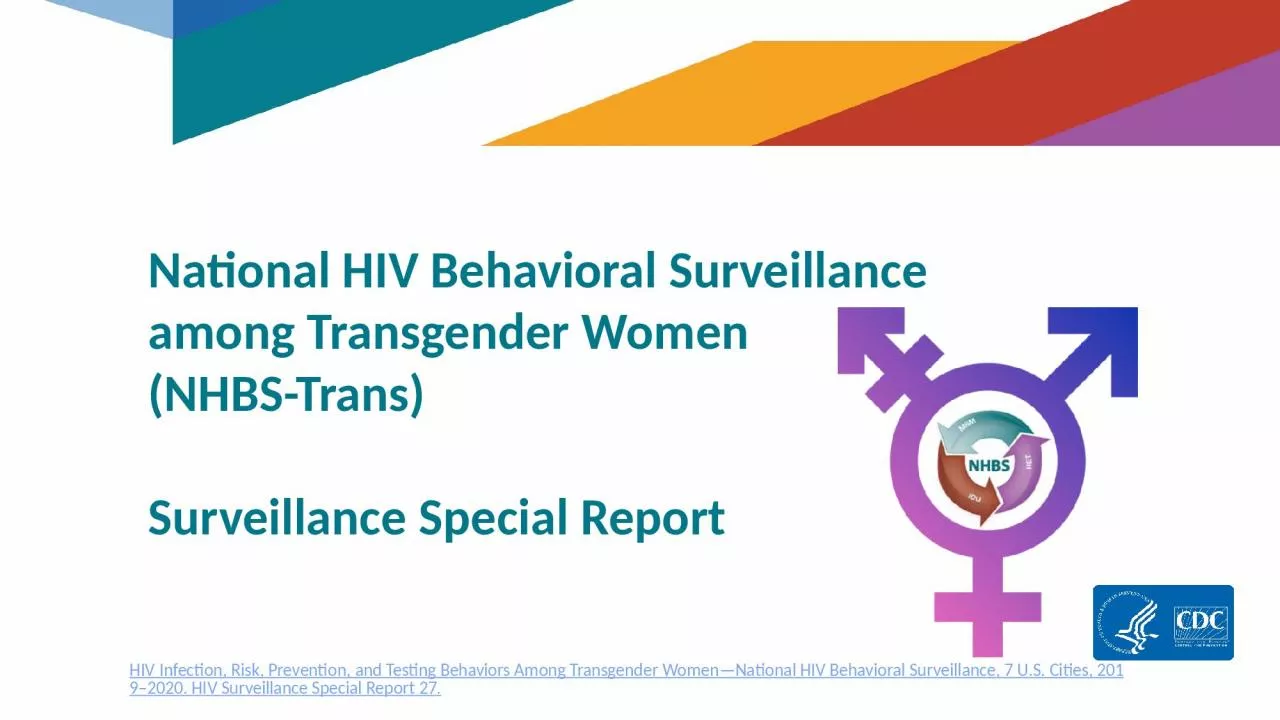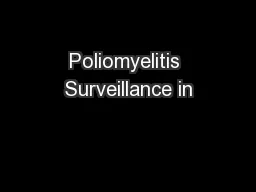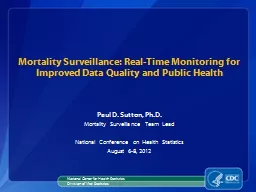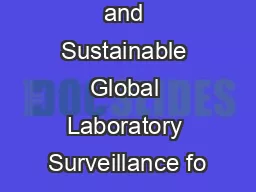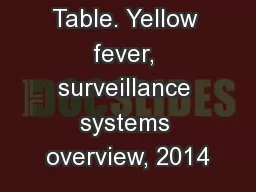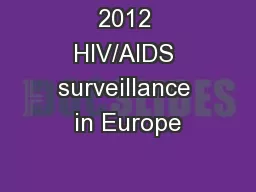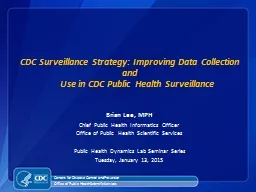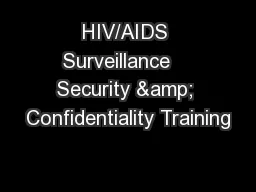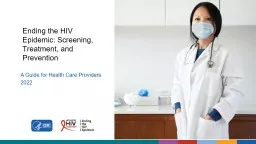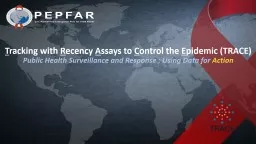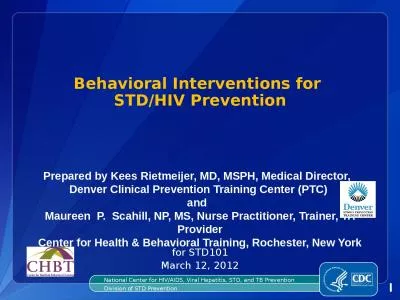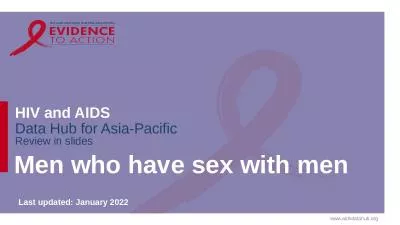PPT-National HIV Behavioral Surveillance
Author : barbara | Published Date : 2023-11-21
among Transgender Women NHBSTrans Surveillance Special Report HIV Infection Risk Prevention and Testing Behaviors Among Transgender WomenNational HIV Behavioral
Presentation Embed Code
Download Presentation
Download Presentation The PPT/PDF document "National HIV Behavioral Surveillance " is the property of its rightful owner. Permission is granted to download and print the materials on this website for personal, non-commercial use only, and to display it on your personal computer provided you do not modify the materials and that you retain all copyright notices contained in the materials. By downloading content from our website, you accept the terms of this agreement.
National HIV Behavioral Surveillance : Transcript
Download Rules Of Document
"National HIV Behavioral Surveillance "The content belongs to its owner. You may download and print it for personal use, without modification, and keep all copyright notices. By downloading, you agree to these terms.
Related Documents

